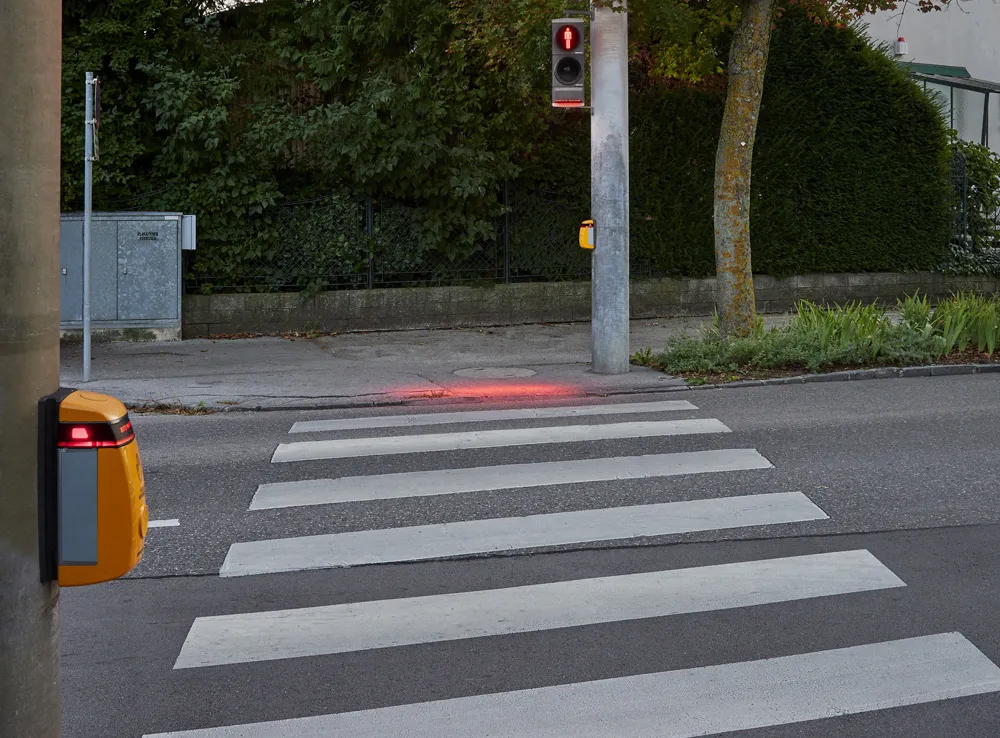IAM refers to figures released by the
In addition, a fifth of drivers failed to judge the other person’s path or speed in car collisions while 17% of pedestrians made the same mistake before a fatal or serious impact.
Neil Greig, IAM RoadSmart’s director of policy and research, says while blame may not be easy to assign, drivers must adopt a special responsibility for looking for the safety of those on foot.
However, Greig also recognised that walking carelessly or hurrying is a contributing factor in pedestrian injuries and deaths.
Greig suggests: “Observing the body language of pedestrians will give drivers a clue of their intentions. For example, a pedestrian looking over their shoulder may be looking for a suitable gap to cross the road and anyone with their head buried in a smartphone or wearing headphones is at extra risk.”
Greig explains research on vision has found children of primary school age find it difficult to see or judge the speed of vehicles accurately.
“Slowing down around pedestrians and constantly scanning for clues to their intention is essential if we are to reduce the growing toll of pedestrian fatalities on our roads,” Greig adds.
IAM Roadsmart: drivers must be more alert to protect pedestrians
UK charity IAM RoadSmart is urging drivers to be more alert as pedestrians now make up a quarter of all road deaths on the country’s roads.
IAM refers to figures released by the Department for Transport (DfT) for 2016 – the most recent figures available - which revealed 448 pedestrians were killed. This is an increase of 10% over 2015 - the DfT says drivers failed to look in 42% of crashes while pedestrians did not look in 54% incidents.
In addition, a fifth of drivers failed to judge the other perso
May 25, 2018
Read time: 2 mins
UK charity IAM RoadSmart is urging drivers to be more alert as pedestrians now make up a quarter of all road deaths on the country’s roads.







